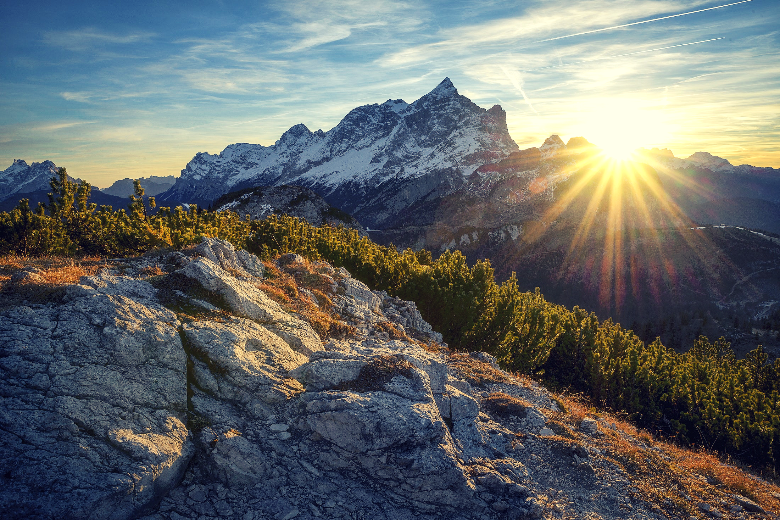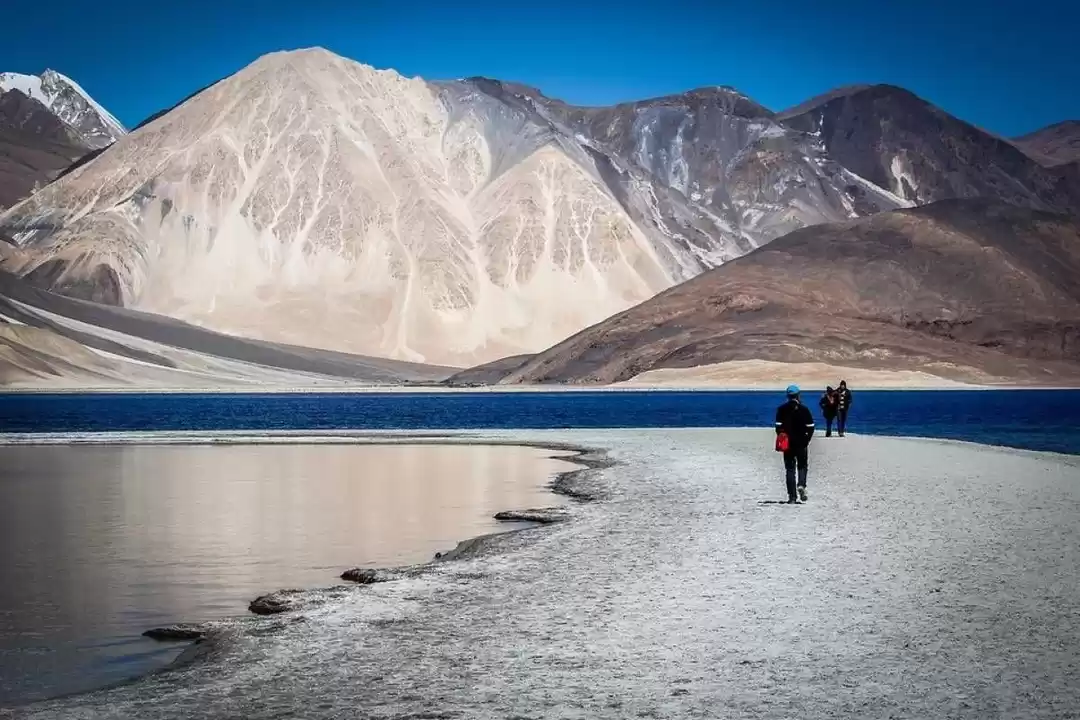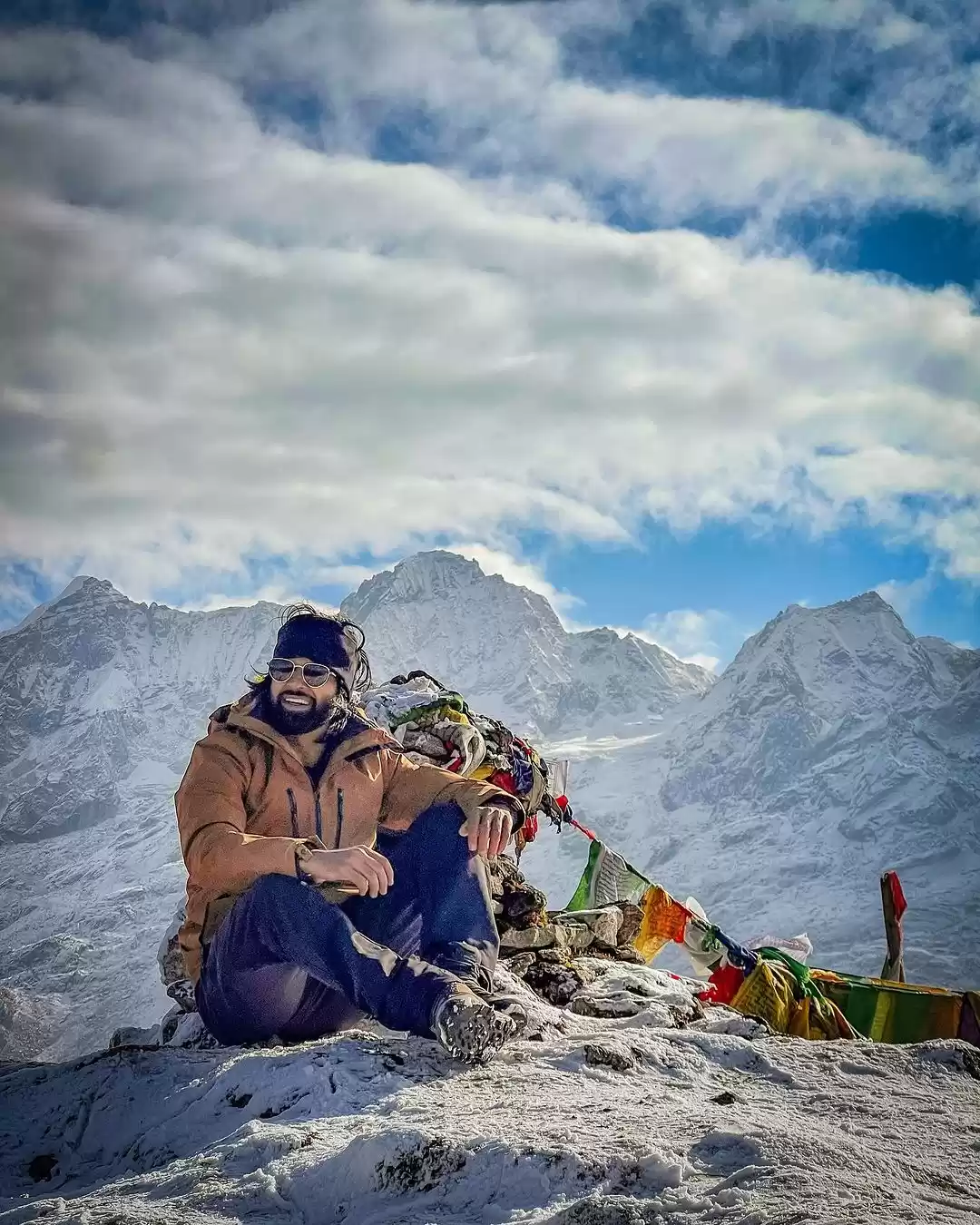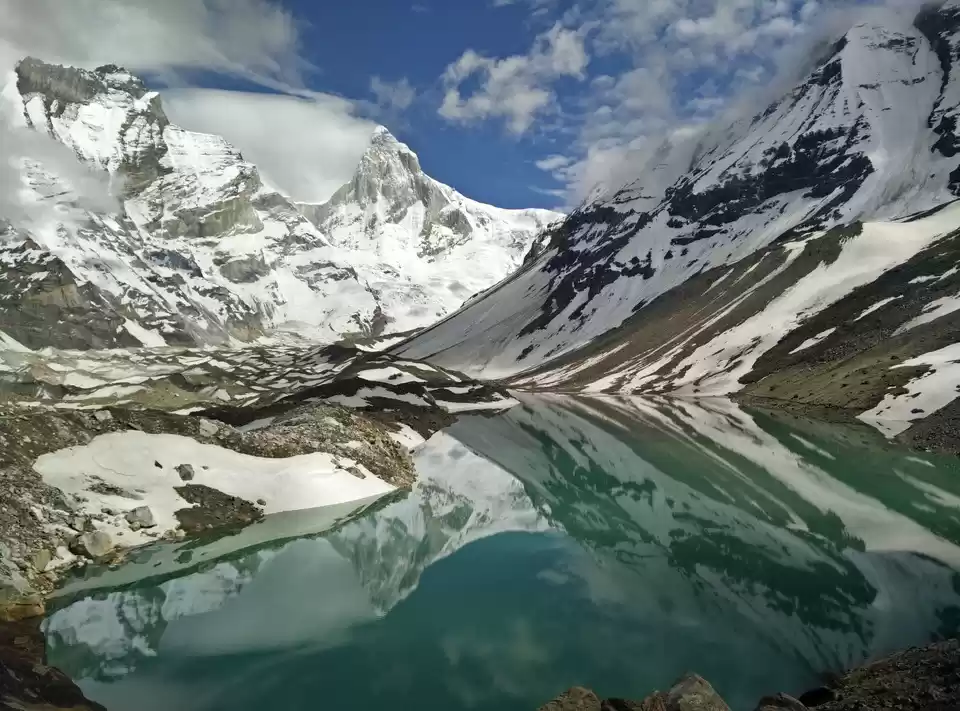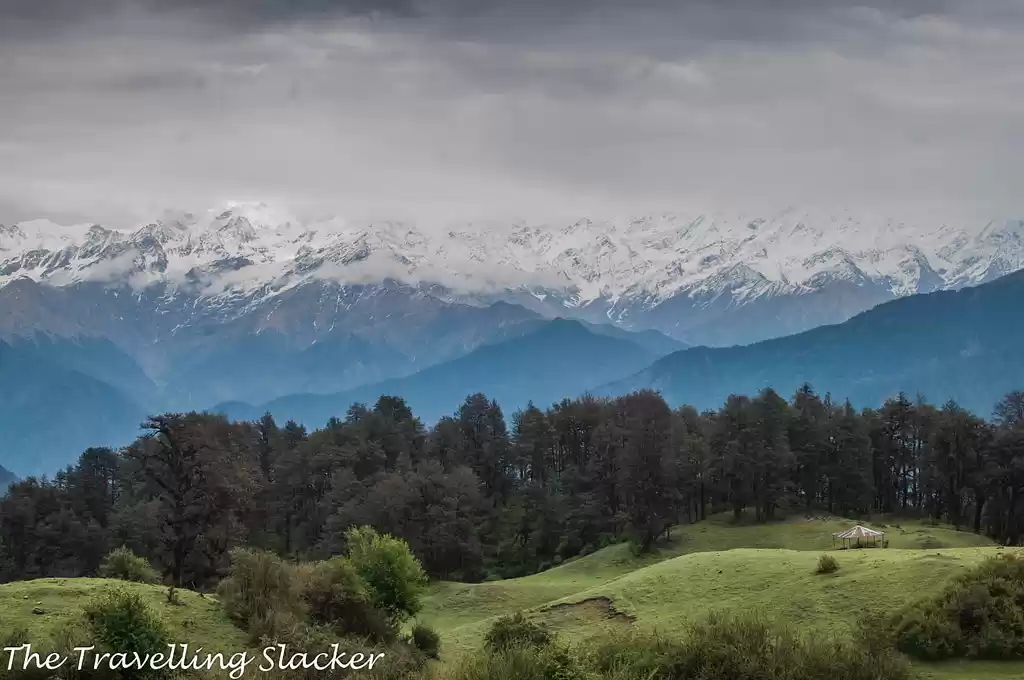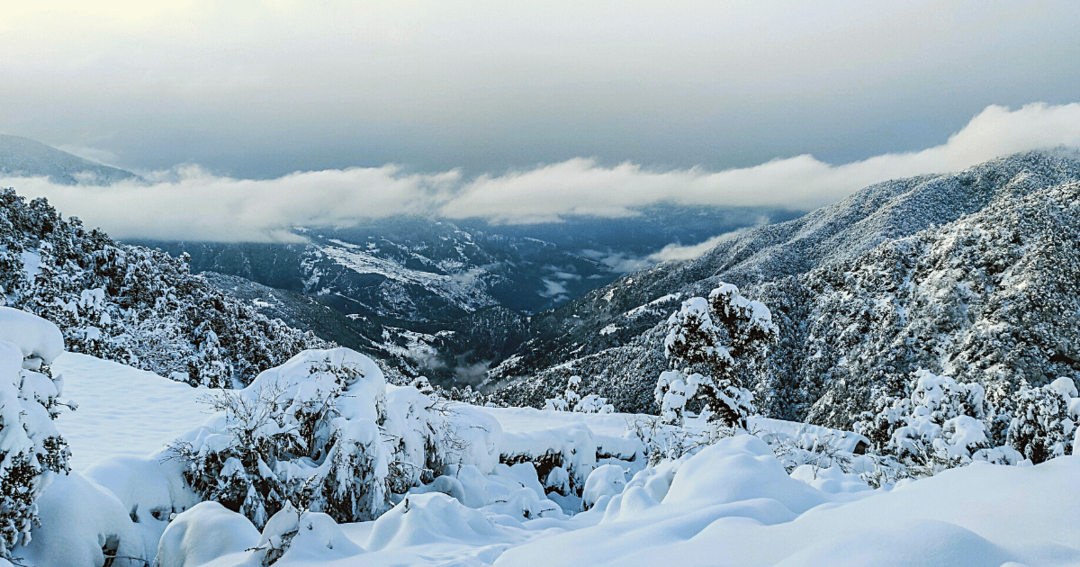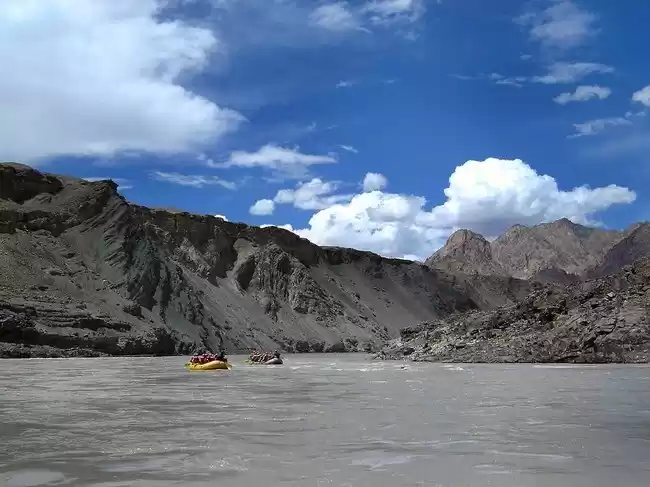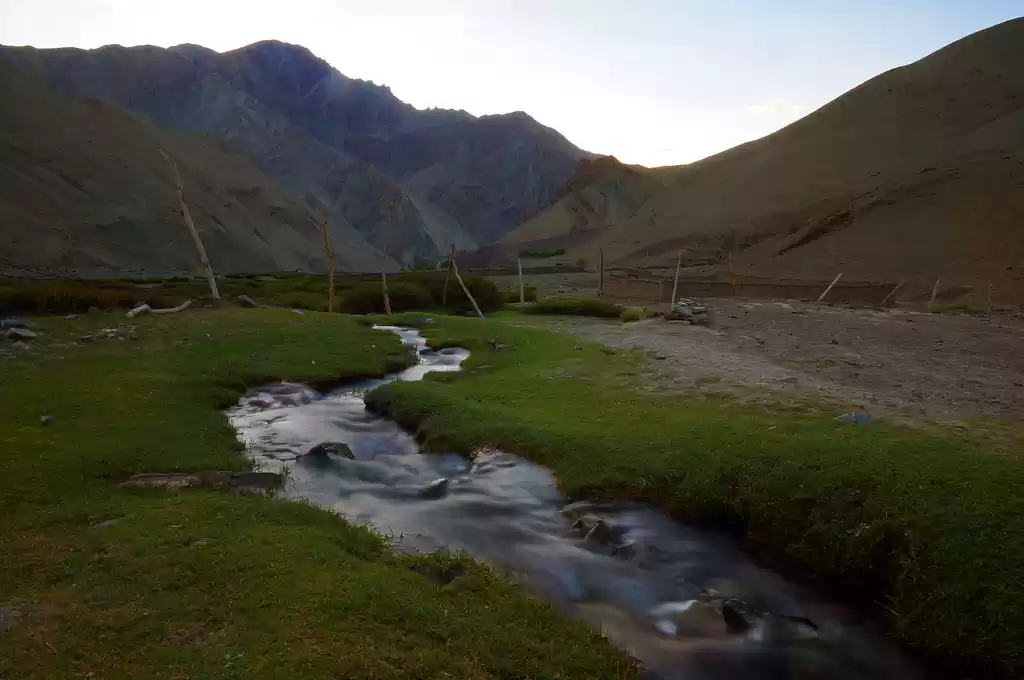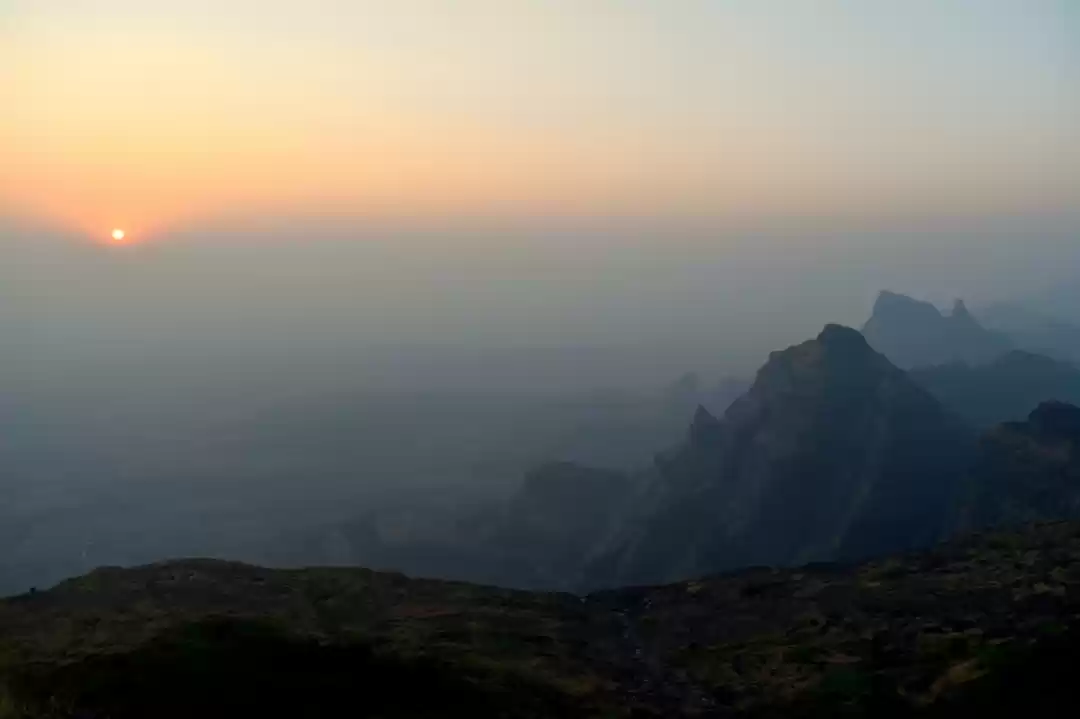Don’t listen to what they say, go see for yourself!!
Trekking is an overwhelming and enchanting experience. Exploring the uncharted territory, fresh mountain air, breath-taking views will not only make you healthy but will also clear your head. Break free yourself away from the monotonous city life once in a while and go out there to experience nature in its true sense.
The diversity of India is visible in so many things. The country’s culture, tradition, food, and language keep changing in every direction one goes. This variety is visible in its geographical conditions too. Being a largely tropical country, different regions experience different climates over the year. This climatic variation brings different colours to the vegetation of a place too. For instance, Parashar lake, one of my favourite treks in Himachal Pradesh, is covered in snow for the winters, shines in green around monsoons, and reflects bright yellow in Summers.
Over the years, so many treks have been discovered and developed all over India. With the snow-covered Himalayas in the north, the rocky Western Ghats in the west, beautiful coastal areas in the South, and the unexplored tribal culture and the forest in the East, India has so much to offer in variety. The country has so much to offer even in terms of types of treks, there are easy, enjoyable walks like Gokarna Trek, nature treks like a trek of Valley of flowers (Uttrakhand). Then there are peak treks like Friendship peak trek, Trek to the forts like Visapur Fort (Maharashtra). Each trek has a different difficulty level, different duration, different terrain, different “best” season, etc.
So, the question that arises is how to choose a perfect trek!
Generally, what first-timers do is they hear of a trek from a friend or have seen eye-catching pictures over Instagram and they blindly go for the trek, without any further ado.
Ideally, there is no simple answer to the question, it has so many variables. Most important of all is one’s fitness level. Not everyone can climb the mighty Himalayas. One needs to make an honest assessment of his/ her ability first. You don’t want to go on a 5-day long Hampta pass trek, get tired within two days, and miss making it a moment of a lifetime. A little planning always helps to make the experience enjoyable and fulfilling.
Next comes the difficulty level, which again depends on your fitness level. The world-famous 10-day long Chaddar trek over the Zanskar River is considered one of the toughest treks because of its altitude of 11000ft and the sub-zero temperatures. for the first-timers, the Triund trek and the Kheerganga trek which are day-long treks of 6-8 km are preferable options.
Season plays a major role in choosing a trek to make it a memorable experience. Otherwise, how will you get those Insta-worthy clicks! Most treks on the Western Ghats are done in the monsoons when the valleys are at their best in lush greens. Whereas, for the Coastal regions, monsoon is the season to avoid. October- February are the months to explore the South region of the country.
Not every trek can be done all the year-round. For instance, the Kedarkantha trek (and not Kedarnath of Himachal Pradesh) in Uttrakhand is done in December- March because that is when the entire region is sparkling in white snow.
So, there is no “perfect” answer for the “perfect” trek. To enjoy the trek in its optimum beauty, be there at the right place at the right time. Finalize a location first, find out its “best time to visit” and then plan your holidays around it or check the weather outside first and then finalize the location. I always prefer the first option!














